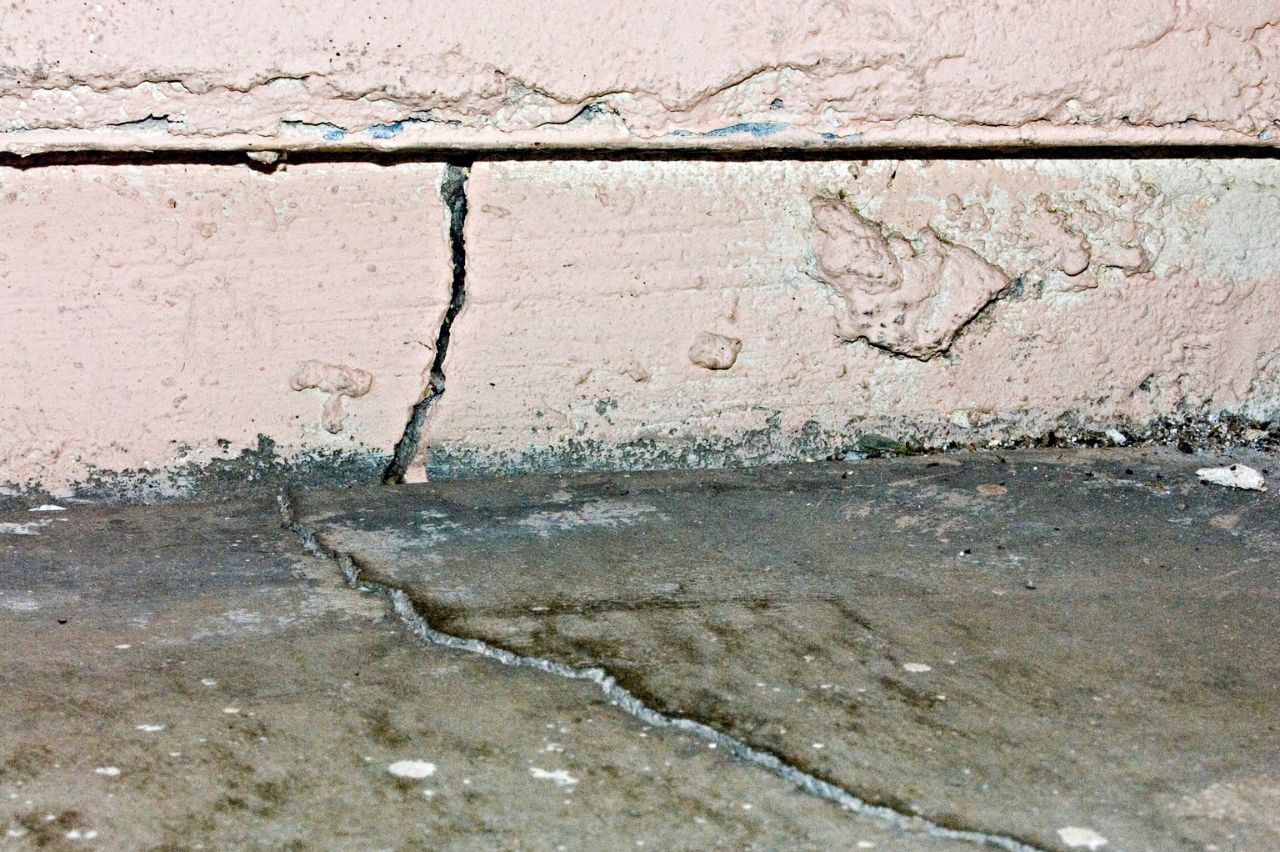Slab Leak: What Causes them and How to Fix
A slab leak is when a water pipe underneath your foundation leaks, resulting in damage to the structure of your home as well as mold and mildew that can affect the health of your family. It’s important to identify and repair slab leaks promptly to avoid more serious issues. Learn how to detect a leak and what are your options for repairing your slab.
What Is a Slab Leak?
When a water line in your home, typically located under a concrete slab foundation, suffers from an undetected leak. While the origin of a leaking slab may be from age, corrosion or shifting foundations, it can cause serious damage and significantly raise your water bill if left unchecked.
Leak Warning Signs
Slab leaks can occur with no visible signs, which often makes them difficult to detect. Common signs that may indicate a slab leak include higher-than-normal water bills, damp spots or wet carpet in rooms with concrete floors, and feeling hot spots on your concrete floors. It’s important to call a professional if you suspect that you may have a slab leak so it can be properly identified and fixed.
What Causes a Slab Leak?
Slab leaks can occur due to a variety of reasons including corrosion, gaps in plumbing pipes due to worn-out pipe joints, tree roots pushing against the pipes and even earthquakes. It’s important to keep track of your water usage and stay alert for any signs such as wet spots or hot spots on your floors that may indicate a slab leak.
How to Detect and Stop a Slab Leak
If you notice signs of a leak, it’s best to call a certified plumber right away. They will use non-invasive techniques such as acoustic, infrared and other electronic means to detect the source of the leak, which can help limit repair costs. Once they are able to locate the source of the leak, they will use various methods to seal it up including cement or epoxy injection, rerouting pipes or even excavation and above-ground line replacement.
Repairing the Leak
The method used to repair the leak will vary depending on the type of leak and how extensive the damage is. For minor leaks, a plumber may be able to cut off the contaminated area and remove a small portion around the leak. They can then seal up the affected area with an epoxy injection or cement mixture. If core drilling is necessary, it may be necessary to dig out an area of your property to access plumbing pipes below your slab or foundation. If excavation is required, a plumber can offer services such as pipe lining and pipe bursting which utilize trenchless technology for minimal disruption.

